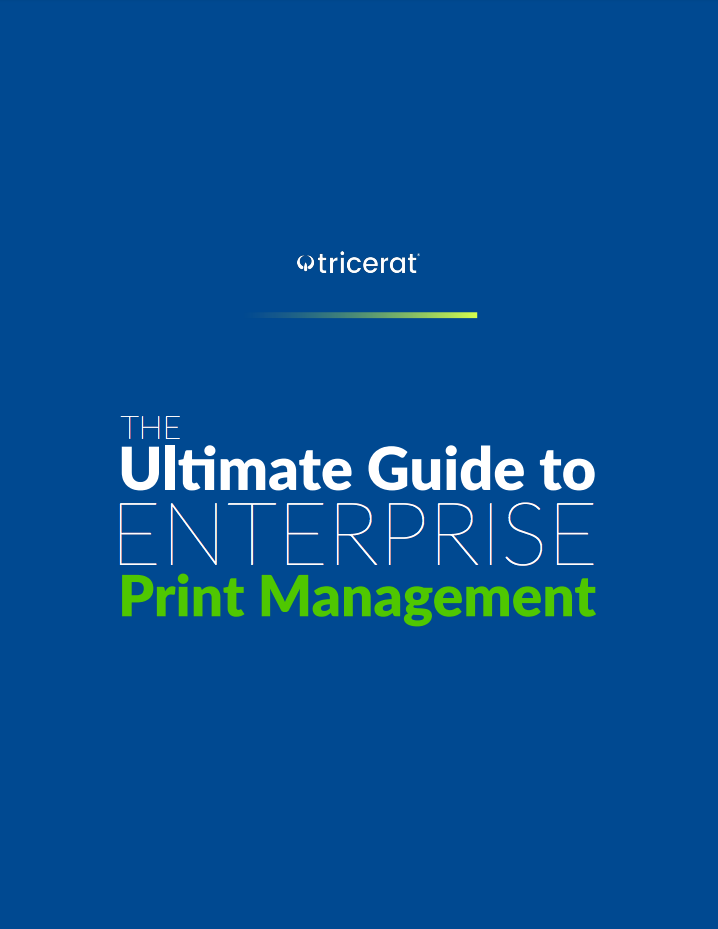As we enter the latter half of 2019, new trends in virtual desktop infrastructures (VDI) are a hot topic in the technology world.
Virtual desktops have already transformed how businesses work, combining a robust desktop experience with the ability to centrally manage client machines and the increased flexibility of cloud computing. Nowadays, the majority of businesses have some form of VDI — so the upcoming changes in VDI are a big deal.
At the core of all of the buzz: Windows Virtual Desktop. Microsoft is rolling out a new form of virtual desktop experience, supported by its cloud platform, Azure. WVD represents a big leap forward for VDI technology, and it's sparking some key conversations. Here are the top 5 trends to keep your eye on in the coming months:

Windows Virtual Desktop has been in public preview since March and will be announced sometime in the second half of 2019. According to the preview announcement, WVD will deliver a "true multi-session Windows 10 and Office 365 ProPlus virtual desktop and app experience on any device." This has the potential to become the most holistic and truly integrated VDI out there.
So what will WVD offer? Its core functionality will include everything a small business might need to operate, but its true advantage lies in what you can add to that core. For larger enterprises, WVD will bring more flexibility and improved management capabilities, fully incorporated into the suite of Windows applications. It will also be hosted on Azure, providing a robust VDI entirely on the cloud.

Businesses that adopt WVD will be running their systems on cloud desktops. As more businesses shift to this fully cloud-hosted experience, industries will be pushed toward online operating models. Cloud migration has been a trend for years; WVD will simply force the issue.
During this transition, we'll see more hybrid cloud models (some systems hosted locally, some on the cloud or in WVD). Other VDI providers and third-party applications will need to adjust their functionality to compensate for those hybrid systems.

WVD is revolutionary because of how much it bundles into one comprehensive service. It goes beyond the usual VDI offerings and includes a plethora of back-end services for free — you won't have to run a separate VM or graphics server. The infrastructure is all built-in, simplifying the process for end users.
Microsoft has also streamlined and reduced licensing issues. With Windows 10 multi-session capabilities, many users can log into the same machine while only paying for the desktop license rather than a full Server CAL.
This ease of use and reduced cost is unprecedented in VDI, and it's going to change the VDI market.

Microsoft's new VDI incorporates so many powerful systems into one service: Azure, Active Directory, Windows OS, Office 365 and more. As a result, WVD will operate on the level of a Desktop-as-a-Service (DaaS) or even a Platform-as-a-Service.
This is a huge leap forward for VDI. Until now, other cloud vendors could spin up a functional Windows Desktop VDI, with limited capabilities. WVD will go beyond that basic level of operation with full integration and service from all of Microsoft's systems. It's a more robust model of VDI.

Systems like Citrix have already begun to roll out adaptions for WVD, anticipating the shifting needs of their consumers. Similarly, VMWare is incorporating new ways to leverage WVD through their Horizon Cloud integration with Azure. All applications in any way linked to VDI are making this shift: Microsoft announced numerous new partners at the Inspire 2019 conference in July, and the dust is still settling.
Tricerat is one of those value add partners — in fact, we've been a Microsoft Gold Partner since 2005. Even the best VDI providers struggle to create seamless print management systems, which is why we've added Simplify Printing to the WVD ecosystem. Our system solves for both cloud and hybrid systems, linking on-premise printers to cloud desktops on WVD.
Be prepared for the VDI trends coming in the next few months. Download our whitepaper on printing in WVD now to learn why Tricerat is the go-to recommended printing solution for the WVD environment.
